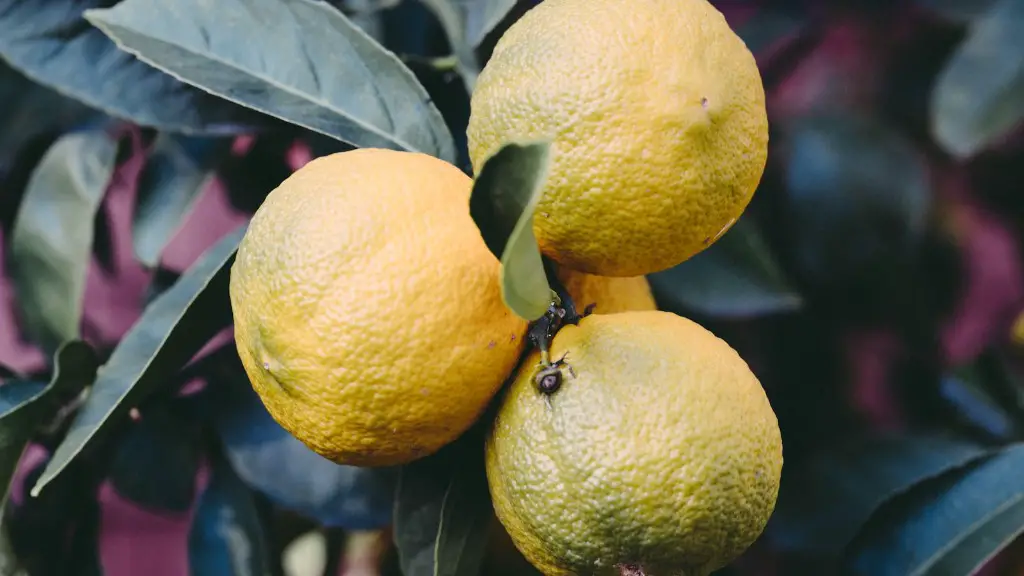Making a lemon bonsai tree at home is relatively simple and can be achieved with a few basic steps. Firstly, one will need a lemon tree seedling or sapling. These can be purchased from a garden centre or online, or collected from a lemon tree when it is in season. Secondly, the individual will need to pot or plant the seedling in a suitable container. For this, it is advisable to use a container with good drainage holes and adequate space for the roots to grow outward. Thirdly, a proper soil mixture should be selected. It should include organic matter that is not compacted, and it should be acidic, with a pH of 6-7. Fourthly, the seedling or sapling should be pruned regularly to keep it in the desired shape, assisted with wire if necessary. As part of this regular pruning, any dead or diseased branches should also be removed. Fifthly, water should be added regularly, but with caution to avoid over or underwatering. Furthermore, the bonsai tree should be moved to a sheltered and semi-shaded area in winter, as temperatures can drop drastically due to frost.
Creating the Perfect Soil Mixture
The soil mixture is the foundation for the lemon bonsai tree, and the correct mix should be selected in order to ensure growth and healthy development. It should be composed of a combination of potting soil, organic matter, and a few teaspoons of sand or perlite, as well as a bit of slow-release organic fertilizer. These four components should then be blended together carefully, ensuring not to compact the mixture as it should be airy and porous to provide adequate oxygen and nutrition to the tree roots. Although the pH of this soil mixture should be acidic, it is important to note that it does not have to be too acidic, as the tree should not be exposed to any damaging substances.
Correctly Watering a Lemon Bonsai Tree
Watering is a vital component in keeping a lemon bonsai healthy. The exact amount and frequency of watering will depend on the type of container used and the mixture in which the tree is potted in. For example, if the container is clay or it is composed of organic matter, it will need to be watered more frequently as it tends to dry out faster. A good indication of when to water would be to test the top few inches of soil; if they are dry, it is time to add water. Furthermore, it is advised to use water that is at room temperature as cold water can cause shock and damage. When watering, it is important to remember to do it slowly and evenly, without wetting the branches or leaves as this can cause additional damage.
caring for the Bonsai Lemon Tree
In order to keep the lemon bonsai tree healthy, regular inspection and maintenance is necessary. Pruning the tree is necessary in order to keep it in the desired shape, and to remove any dead or diseased branches. This should be done carefully and slowly, as making sudden drastic cuts can damage the tree. It is also important to monitor for any pests or diseases, as well as ensuring that the tree has adequate nutrition and is not being exposed to any beneficial or harmful substances. During winter, the tree should be moved to a sheltered, semi-shaded area as temperatures can drop drastically due to frost.
Avoiding Mistakes when Creating a Lemon Bonsai
Although creating a lemon bonsai tree at home can be relatively simple, there are some mistakes that should be avoided. For example, the tree should not be overwatered as it can cause root rot, and the container should be regularly inspected to ensure that it is not compacted and is adequate for the tree’s root system. It is also important not to expose the tree to large changes in temperature, as it may be affected by extreme temperatures. Furthermore, the soil mixture should always be composed of a mixture of potting soil, sand or perlite, organic matter, and slow-release organic fertilizer.
Creating the Perfect Environment for a Lemon Bonsai Tree
In order for a lemon bonsai tree
